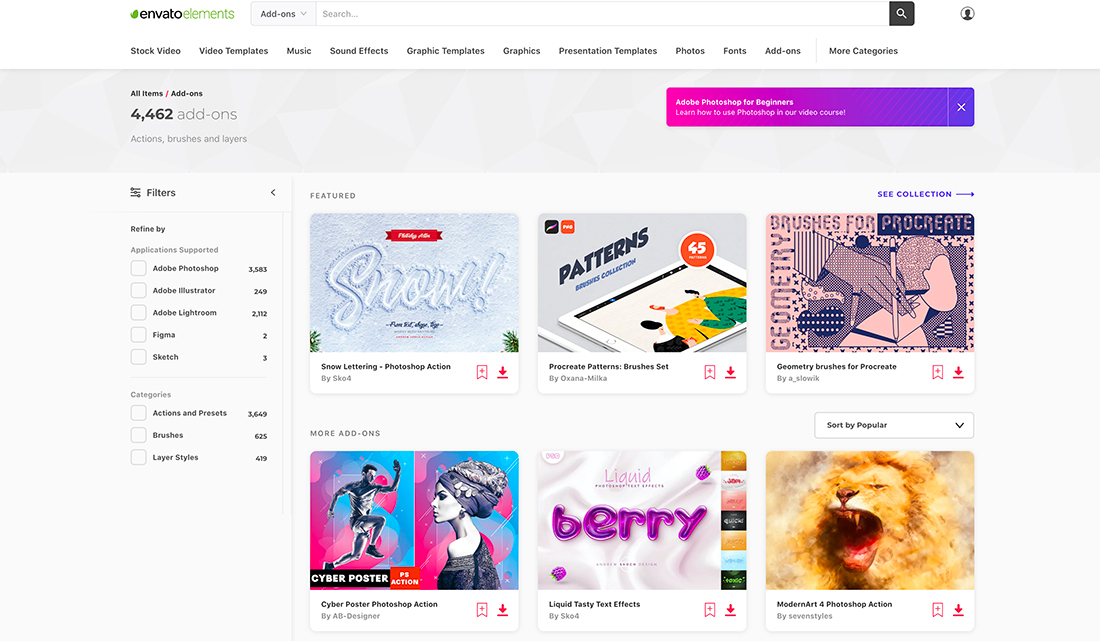If the last year has taught us anything as freelancers, it is that diversification is a good thing.
Different income streams can help mitigate losses in other areas and provide multiple avenues for leads and new work. And while most of us know we need to diversify, are you actually doing it?
Getting started with new projects or income streams does take some work and planning, but it can be a worthwhile investment in yourself.
Let’s look at some ways – and things you can do – to diversify yourself as a creative freelancer.
Create Multiple Income Streams

Step 1 in the diversification process is to think about income streams.
Every creative freelancer knows that hard work is a key component to the mix when it comes to hustling for projects, but there are other ways to ensure that the dollars come more steadily.
The goal is to not get all of your income from a single client, type of client, or type of work. Putting all of your eggs in one basket can lead to feast or famine as a freelancer. Hence, diversification.
For most creatives, revenue is rooted in these sources:
- Project income: These are the one-off projects for clients such as building a website, creating flyers or collateral, or contracted pieces
- Steady-stream income: These are recurring projects that you contribute to regularly such as designing new creative for a campaign or social media or performing website updates and maintenance
- Passive income: This comes from things you did one time and then don’t have to come back to while you continue to earn such as offering website hosting for clients or selling items in an online marketplace
A good mix for creative freelancers is to have some revenue from all three sources. Most of us do not and some only have a single source of revenue.
If that’s working right now, fantastic! But if that source of revenue were to disappear, what would you do? Diversify before it happens.
Slice Your Income Pie
Once you know what your sources of revenue are, figure out what they should be.
An easy exercise is to create an income pie.
Start with current activities. What percent of revenues come from what sources? (You can divide this pie by client or creative function. Or maybe draw two pies to give you a more complete view.)
Color code the pieces as passive, steady-stream, or project income.
How balanced is your pie?
If it isn’t, figure out what you can do or how you can establish freelance offerings for clients that allow you to have more equal slices. Note that all creative activities don’t have to equal a third, the goal is to have multiple slices (opportunities for revenue).
Sell Goods

Do you have a cool and creative idea that you can replicate for others? Do you have a knack for icons or patterns or something that would work for other designers?
Then you might be able to diversify by selling digital goods in an online marketplace. This is a great option if you have created an awesome theme or template or highly usable design elements.
You may be more suited for tangible design items, such as mugs or shirts. There are online marketplaces for designs on physical goods as well.
Once your original design is vetted, you can sell through these marketplaces, such as Envato (digital) or Etsy (physical) or Zazzle (creative goods with drop shipping).
Revenues can vary widely and it takes some marketing to get your creative in front of the right audience, but it can be a great revenue stream if you have the right designs or tools.
Take on New Client Types
Are all of your clients similar?
Part of the diversification process may be trying to recruit new client types.
Every creative freelancer probably has a different mix of clients:
- Network of regular clients
- Extended network of referrals from clients
- One-time clients that come to you from an extended network or your website
- Sporadic clients from online job boards or networks
- Clients you win from pitches
- Clients that you work for randomly or as a subcontractor
- Clients you never know or see, typically for online sales of goods or services
Find Creative Partners

One of the most valuable things you can do as a creative freelancer is expand and create a partner network. For this to be successful, you have to find someone who can help you and someone you can help.
Partner with another freelancer who can help you expand your offerings to clients. This could be adding things that your partner can do and you can’t (agency model) or adding capacity to things you would typically do when you are busy. This gives you the ability to serve more clients more efficiently when things are busy.
Treat it as a reciprocal relationship and offer the same help to others when they need a hand.
The other option is to find a creative agency that can use your help as a subcontractor when they are busy. (This is a little less reciprocal.) If you do good work, the agency will contract you for projects when they are overloaded.
Think micro here: Diversify your partners to expand and enhance your menu of client options and revenue streams.
Become an Industry Influencer

Take your expertise “on the road.”
Additional revenue sources for creatives can be rooted in teaching others about your craft as an expert in the field. You can create a design course, blog or write for industry publications, speak at conferences or on podcasts, or participate in professional organizations that lend a platform to your voice and work. (There’s also a whole world of social media influencing out there if that’s your style.)
This revenue stream might be immediate, such as a paid online class. But it might take time to curate and grow, such as blogging on a platform like Medium or developing a paid relationship with another partner to provide content.
Keep Enhancing Your Skills
Part of the diversification process is continuing to learn and evolve your own skills. If you are continually learning, you will have new things to offer.
Keep updating your portfolio with these new technologies or creative elements. Tell clients about new techniques or ideas that might benefit them. (You can even offer a special rate for first-time clients when you practice a new technique or skill.)
If you keep learning, your creative skills will grow and diversify naturally.
Conclusion
When you are looking at ways to diversify think of freelance income in two “buckets.” One that’s project-based. These things may come and go by the client. The other is steady stream revenue that’s relatively flat each month (or another set period) and recurring.
A base of steady stream revenue can make it easier to diversify and is the place for you to consider diversification if you don’t already have it in your portfolio.
